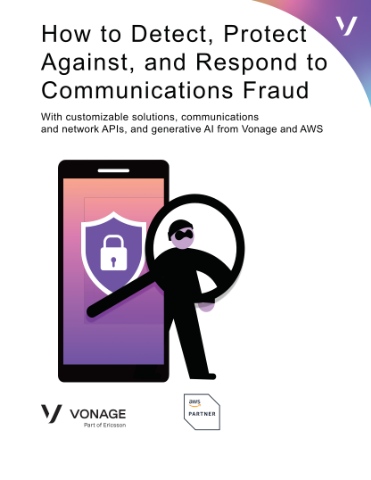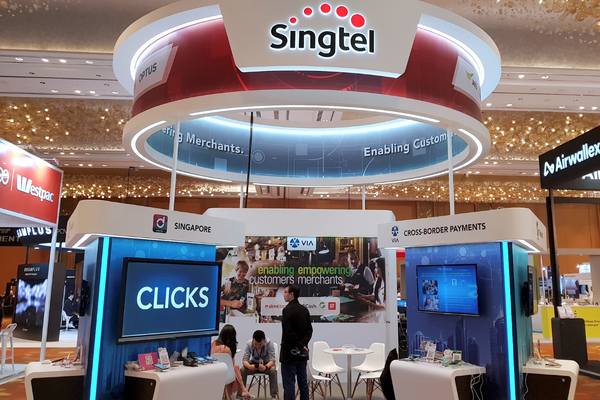Elevating your organisation’s Total Experience

Michael MacAuley at Liferay discusses ways businesses can elevate their digital experience into a competitive advantage
In the era of digital transformation, digital platforms are where employees, customers, and stakeholders engage and ideate. A strong total experience (TX) integrating digital, employee, customer, and user experiences is the foundation for an effective digital experience and gaining a competitive advantage.
However, with so many elements to coordinate, IT environments can quickly become complicated. This is particularly true where companies have grown their digital capabilities over time, creating a patchwork of applications. The result is “tech tension” – a frustration caused by technical difficulties that is having significant implications.
49% of employees are willing to leave their jobs because of it. Meanwhile, 40% of customers avoid businesses if dissatisfied with the customer service and 88% abandon a purchase if met with friction.
To mitigate this tech tension, businesses must create a comprehensive TX that connects employees, customers, and partners. A robust digital infrastructure where tech issues are addressed or avoided isn’t just beneficial—it’s essential for business growth and customer satisfaction.
Here are five ways to tackle tech tension and improve total experience:
1 Meet people where they are, safely
28% of the UK workforce are hybrid working in 2024 versus under 10% pre-pandemic. And e-commerce and cross-border partnerships are booming. Digital tools must facilitate collaboration regardless of location.
But remote work increases security risks, especially when tech frustration leads employees to bypass security measures. A secure yet integrated experience that protects sensitive data while maintaining operational efficiency is essential.
The same principle applies to the business-customer relationship. One person could make a purchase on a laptop, app, and mobile website in three different locations. IT systems must recognise when this is legitimate and when something looks untoward.
Systems like Single Sign-On (SSO) and cloud security assurance can help safeguard data while providing a seamless experience.
2 Declutter complexity
Businesses on digital transformation journeys often implement piecemeal solutions that create a fragmented experience. This cluttered way of working affects employees and can frustrate customers.
Integrating existing systems creates a unified experience, maximises investment and simplifies processes. When employees spend less time navigating multiple platforms, they’re more productive – and less frustrated. The same holds true for customers who interact with a brand through websites, apps, in-store, on socials, or customer support. If all these different strands are not integrated, the experience becomes disjointed and unsatisfying.
Low-code development can speed up the creation and modification of digital tools, ensuring quick solutions and reducing tech issues and down time.
3 Keep it simple and accessible
Whether its employees navigating a complex system or customers trying to access information, simplicity is a priority. 56% of employees cite poor tech as a key stressor. And 73% of consumers say they would interact with a competitor after more than one bad experience with a brand.
Solutions that don’t require extensive IT expertise or overly complicated navigation are key to maintaining a smooth TX. When tools are easy to understand from the outset people are empowered.
For example, a company’s content management system should incorporate intuitive features like version control and easy access to resources. Meanwhile, when customers can auto-fill personal information, this supports a frictionless journey.
4 Personalise experiences
As businesses grow their IT environments expand. It’s important systems and platforms are personalised to meet individual needs.
For employees, this means access to the tools and resources needed to do their job, and removing the user journeys they don’t. Currently, only 54% of UK workers believe digital processes and systems are designed with employee experience considered.
For customers, personalisation means relevant interactions that don’t overwhelm them with unnecessary options. Given this is a major priority for customers – 76% expect personalised experiences like purchase history-based product recommendations - it should be for businesses.
Role-based access and personalised content pages help employees navigate an expanding digital environment, while personalised customer interfaces ensure a smoother user experience. Businesses can dynamically tailor these experiences based on behaviours.
5 Build for the future
Futureproofing is critical as businesses adapt to AI, hyper-personalisation, and increasing digitisation. Regular system audits help ensure businesses are meeting the needs of all users without relying on reactive, piecemeal updates. Out-of-date digital tools are already a point of contention, with software and device quality causing employees to consider looking for a new job.
AI can help tailor experiences by analysing data to understand preferences and behaviours, making it easier to optimise and scale digital environments. It is also important not to assume what is effective today will be tomorrow.
As regulations evolve around everything from data management to AI and GDPR, maintaining compliance and addressing cyber-security concerns become even more critical to protect both internal and external stakeholders.
Managing complexity to drive Total Experience
Cultivating a positive TX is not a trend—it’s a business imperative. By embracing the five strategies outlined—prioritising security, decluttering complexity, simplifying digital systems, personalising experiences, and building for future needs—organisations can combat tech frustrations and turn TX into a competitive advantage.
In return, a unified digital experience platform has the potential to be a business’s greatest asset, enhancing the total experience for everyone it touches, from employees to customers and beyond.
Michael MacAuley is General Manager, Liferay UK & Ireland, at Liferay
Main image courtesy of iStockPhoto.com and skynesher

Business Reporter Team
Related Articles
Most Viewed
Winston House, 3rd Floor, Units 306-309, 2-4 Dollis Park, London, N3 1HF
23-29 Hendon Lane, London, N3 1RT
020 8349 4363
© 2025, Lyonsdown Limited. Business Reporter® is a registered trademark of Lyonsdown Ltd. VAT registration number: 830519543





